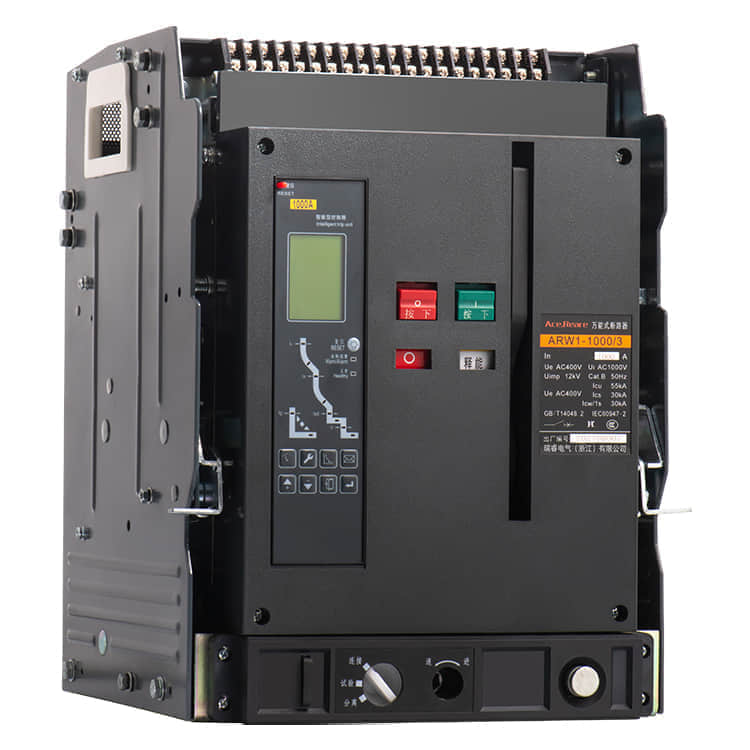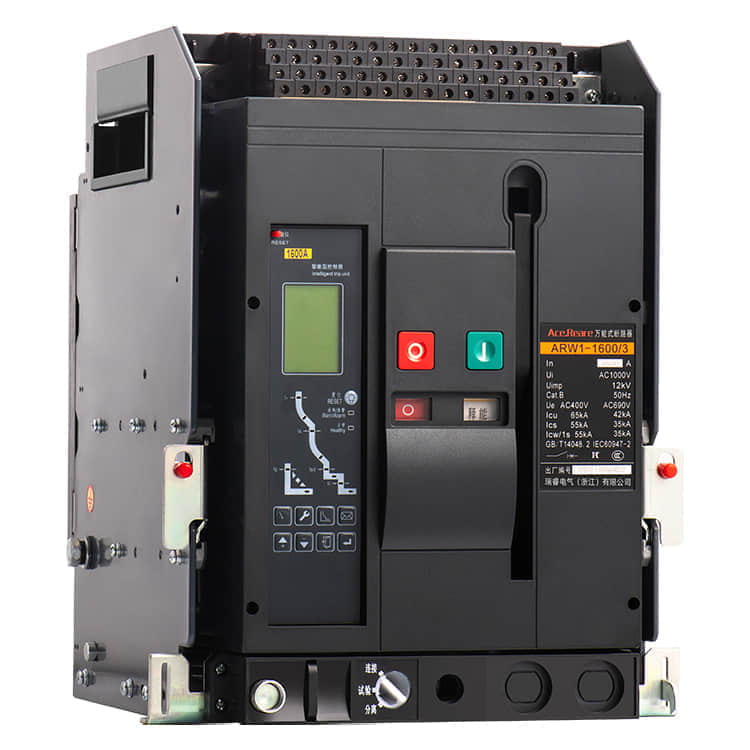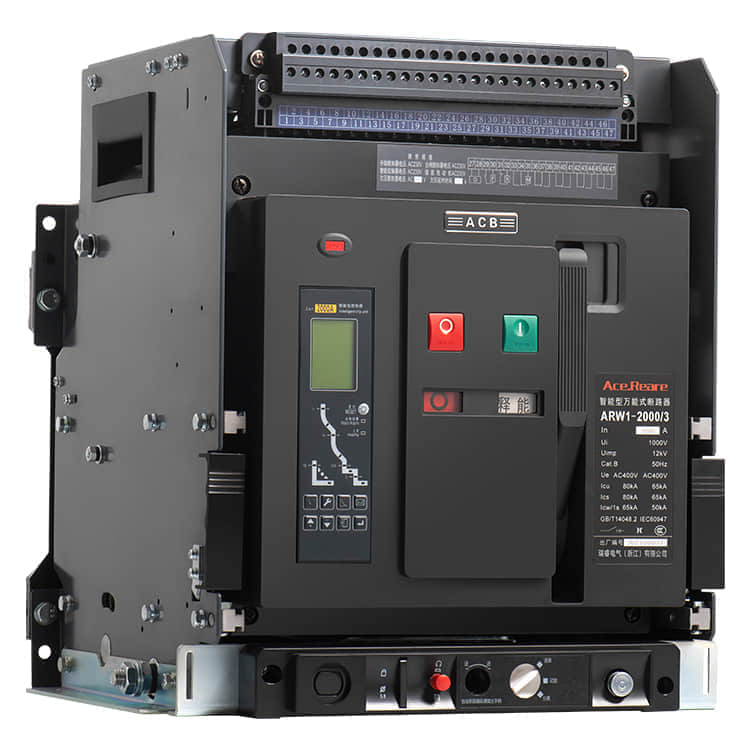In the modern electrical distribution systems, the ACB (Air Circuit Breaker) breaker stands as a crucial component, ensuring the reliable and safe flow of electricity. Its importance lies in its ability to protect electrical circuits from damage caused by overloads, short circuits, and other faults. In this article, we delve into the working principles, applications, and advantages of the ACB breaker.

Working Principles of ACB Breaker

The ACB breaker operates based on the principles of magnetic and thermal trip mechanisms. When a fault occurs in the electrical circuit, such as an overload or a short circuit, the magnetic trip mechanism senses the abnormal increase in current and quickly trips the breaker, disconnecting the faulty circuit from the power supply. The thermal trip mechanism, on the other hand, responds to sustained overloads by heating up a bimetal strip. Once the strip reaches a critical temperature, it bends, tripping the breaker and interrupting the circuit. Applications of ACB Breaker ACB breakers are widely used in industrial, commercial, and residential electrical systems. They are particularly suitable for main distribution panels, where they protect the incoming power supply and distribute it to various branches. Their high short-circuit capacity and selective tripping features make them ideal for large-scale applications where high-power loads are involved. Additionally, ACB breakers are also used in transformer secondary circuits, motor control centers, and other critical power distribution points.
